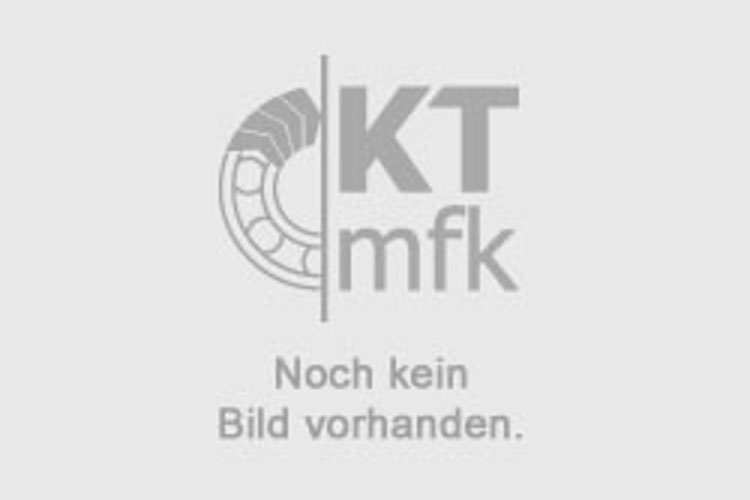Optical measurement technology
Camara system GOM ATOS 12M
 The ATOS Compact Scan 12M camera system from GOM is equipped with two cameras and a projector, enabling contact-free digitization of components. Based on the stripe light projection method, the projector successively generates different binary coded stripe patterns on the component surface. The synchronously operating cameras record the reflected and deformed stripe pattern. Using the known orientation parameters of projector and camera, the component surface can then be reconstructed from the individual pixels using reference points previously applied to the component. Using the additional GOM Professional software, it is then possible to semi-automatically read out dimensional, shape and position deviations from the measured data and digitize them directly. This enables a nominal/actual comparison based on the CAD data. As a result, this method is particularly useful for reverse engineering and a subsequent process control.
The ATOS Compact Scan 12M camera system from GOM is equipped with two cameras and a projector, enabling contact-free digitization of components. Based on the stripe light projection method, the projector successively generates different binary coded stripe patterns on the component surface. The synchronously operating cameras record the reflected and deformed stripe pattern. Using the known orientation parameters of projector and camera, the component surface can then be reconstructed from the individual pixels using reference points previously applied to the component. Using the additional GOM Professional software, it is then possible to semi-automatically read out dimensional, shape and position deviations from the measured data and digitize them directly. This enables a nominal/actual comparison based on the CAD data. As a result, this method is particularly useful for reverse engineering and a subsequent process control.